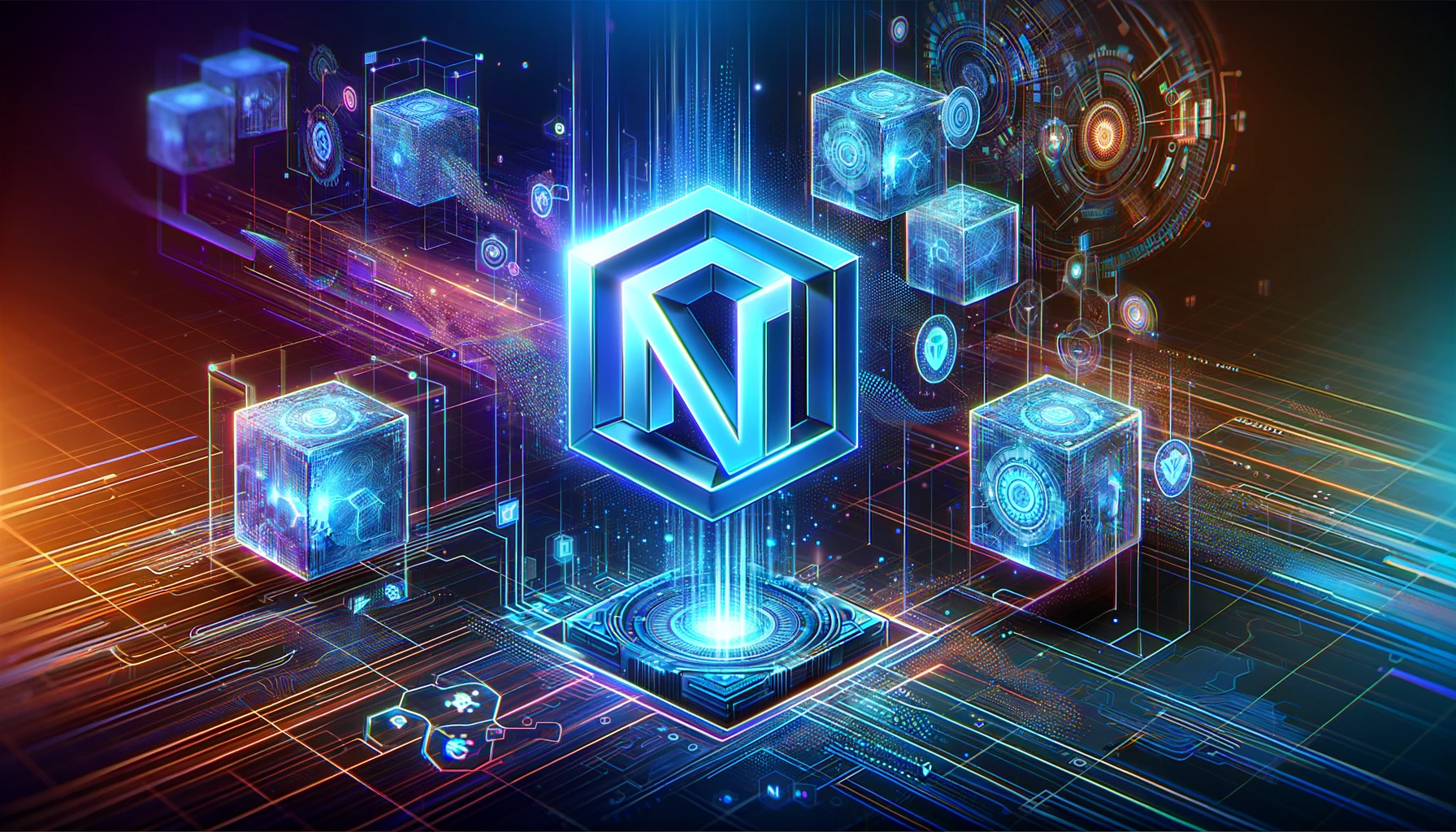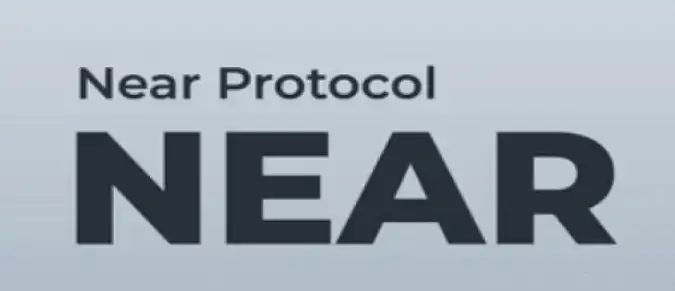Near Protocol is one of many platforms for decentralized applications such as Ethereum (ETH) or Solana (SOL). It is a decentralized application platform that has the potential to change the way systems are developed, applications are built, and the Internet itself operates.
Contents:

History of Near Protocol
NEAR Protocol was created by programmers Alexander Skidanov and Ilya Polosukhin. Work on the project began at the end of 2018. Subsequently, developers from leading IT companies, including Facebook, Google and Niantic, joined the project team. Two members of the team have won the World Programming Championship twice. The NEAR protocol is a potential competitor to Ethereum as a first-level blockchain, capable of supporting decentralized applications (dApps).
NEAR also uses Nightshade, its own variation of sharding, in which separate sets of validators transact along with multiple sharded chains, improving the overall capacity of the blockchain. Together, these mechanisms allow the NEAR protocol to achieve up to 100k transactions per second and near-instantaneous transaction completion due to a one-second block cadence. This is with transaction fees that cost a fraction of a cent. The Near blockchain is rapidly adding interoperability with first layer blockchains such as Terra and Cosmos.
Platform benefits
The main advantages of NEAR are related to its scalability. The NEAR network is capable of processing more than 100 thousand transactions per second, which is twice as much as Solana, another newcomer, can do. Not only that, transactions on NEAR are completed in about 1 second and with transaction fees that are fractions of a cent. NEAR is able to do this thanks to its Nightshade system and Doomslug block production technique. Nightshade allows the network to increase efficiency by only adding shard snapshots to a block, while Doomslug allows validators to take turns, producing and validating blocks. Both are combined to reduce network load and increase throughput.
| Parameter | Description |
|---|---|
| Involvement | Developers and the NEAR Foundation are actively involved in the NEAR community. There is an active community forum where users share ideas and create management suggestions. The protocol is frequently updated on GitHub, and NEAR University provides a platform for learning about NEAR development. |
| Supply | The annual supply inflation rate is 5%, but NEAR is also burned for network fees. For inflation to be 0%, the network must process more than 1 billion transactions per day. Otherwise, the supply will increase compared to the figures indicated by the developers. |
NEAR is also compatible with other blockchains. Their Rainbow Bridge allows users to bring in Ethereum tokens, and their Aurora Ethereum virtual machine makes it easy for Ethereum projects to start building on NEAR. NEAR also works with Cosmos and Binance Smart Chain.
Distribution of tokens
36% of the initial token distribution was delivered to the core team and original backers, with only 12% made available to the community. In order to vote on governance proposals, you must be a validator, which requires you to receive a "seat" whose price depends on how much NEAR others stake. Currently, to qualify for a seat, you need to wager 60,402 NEAR, well over $1 million at current prices. There are only 73 validators in the world. Users can delegate their tokens to the validator to receive blocking rewards, but have no influence on the validator's vote.



